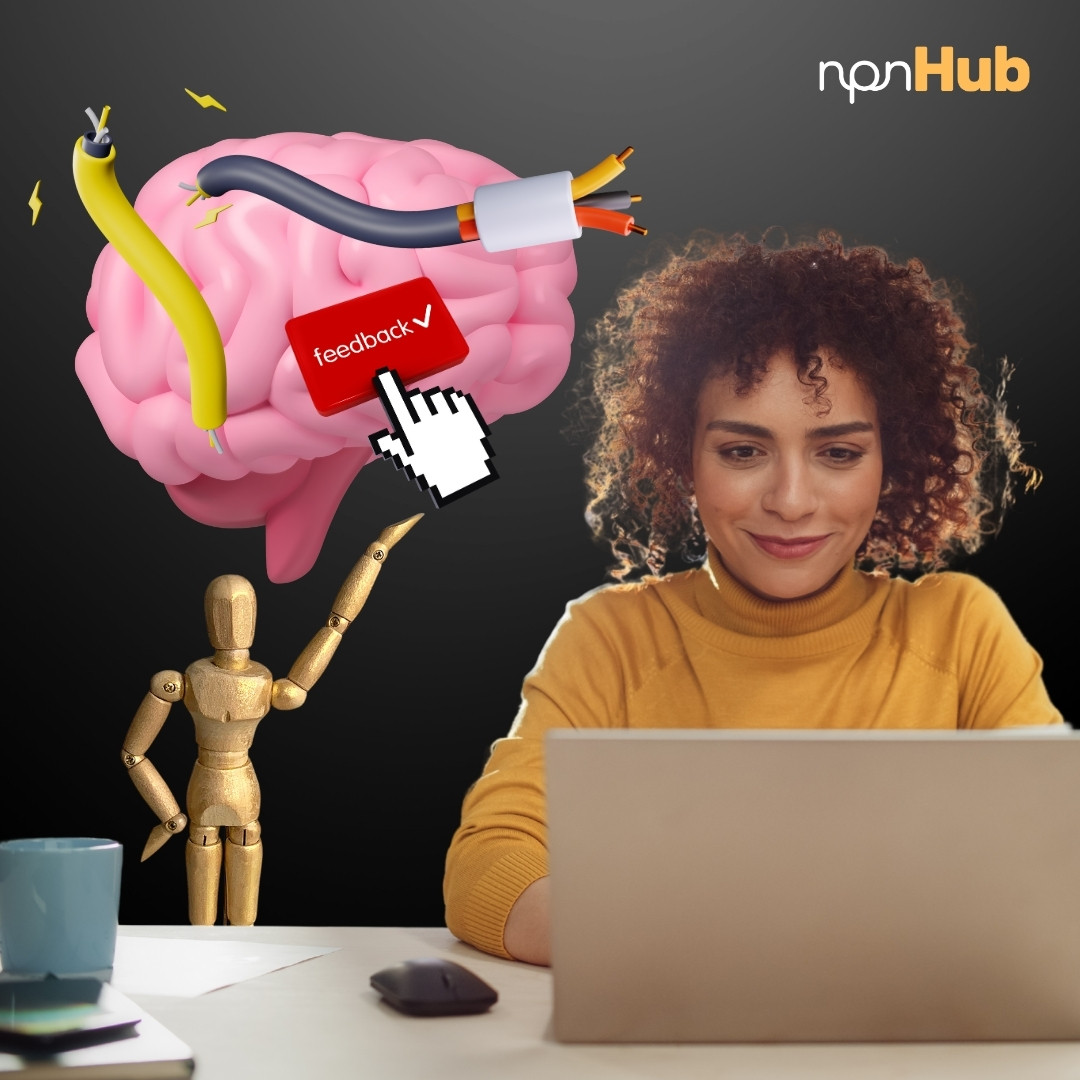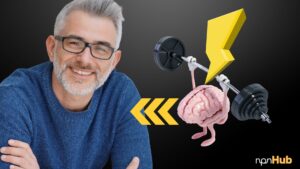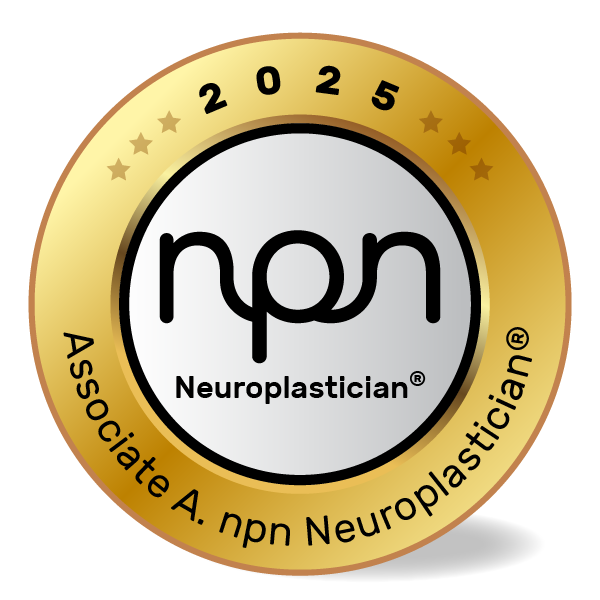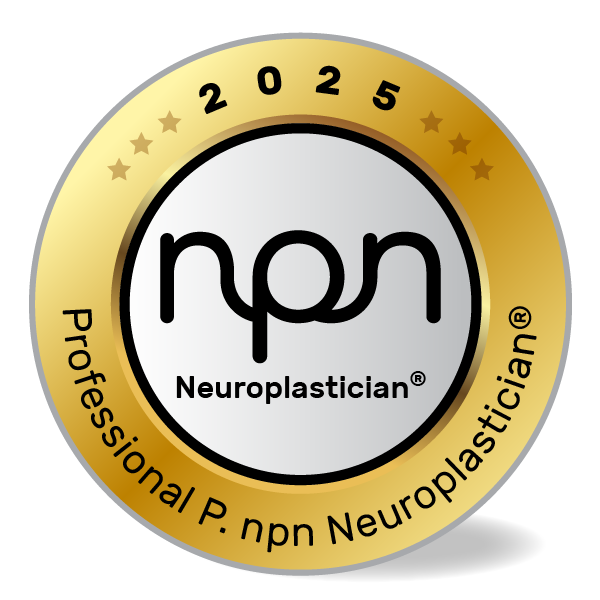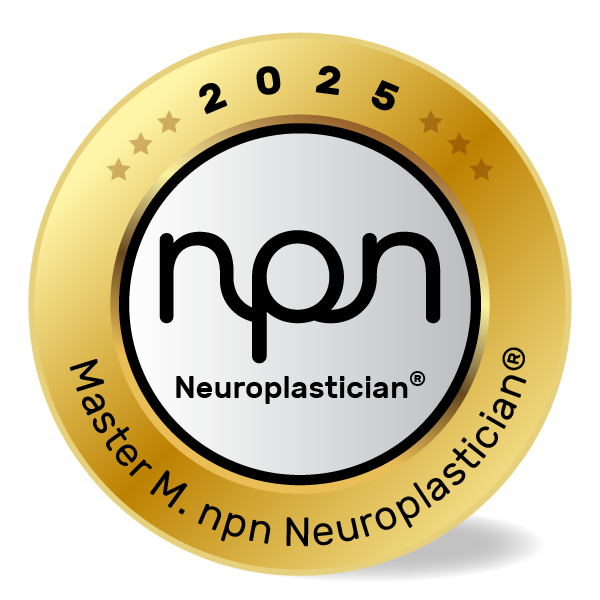Unlocking the Brain’s Potential with Neurofeedback: What Neuroscience Really Says
npnHub Editorial Member: Dr. Justin Kennedy curated this blog
Key Points
- Neurofeedback is a brain training technique aimed at self-regulating brain activity through real-time feedback.
- It leverages neuroplasticity, the brain’s ability to rewire itself in response to experience and training.
- Scientific studies show promising but mixed evidence regarding the effectiveness of neurofeedback for various conditions.
- Brain regions involved include the prefrontal cortex, anterior cingulate cortex, and networks related to attention and self-regulation.
- Neuroscience practitioners should understand neurofeedback’s mechanisms, applications, and limitations to optimize client outcomes.
1. What is Neurofeedback?
Imagine a clinical coach working with a client struggling with anxiety. During the session, the coach uses a neurofeedback device that displays the client’s brainwaves on a screen in real time. As the client learns to increase or decrease specific brainwave frequencies through guided exercises, they notice gradual improvements in calmness and focus.
This is an illustrative example, not a controlled scientific trial, but it captures the essence of neurofeedback: training the brain by making its activity visible and consciously modifiable.
Neurofeedback, also known as EEG biofeedback, is a technique where individuals receive real-time information about their brain’s electrical activity and learn to self-regulate it. The goal is to promote healthier brainwave patterns associated with optimal cognitive or emotional states. The concept emerged in the 1960s and has since been studied at institutions such as the University of Utah and the University of California, Los Angeles.
A foundational study published by Hammond (2007) demonstrated that neurofeedback could improve attention and reduce symptoms in ADHD, among other applications (Source). However, the science is still evolving, and neurofeedback is best understood as a complementary approach rather than a cure-all.
2. The Neuroscience of Neurofeedback
Consider a neuroplastician working with a client recovering from traumatic brain injury (TBI). During neurofeedback sessions, the practitioner observes changes in the client’s prefrontal cortex activity – a region critical for executive function and self-control. Over weeks, as the client learns to modulate their brainwaves, functional improvements in attention and emotional regulation emerge.
This illustrative story reflects real neuroscience principles behind neurofeedback.
The brain’s electrical activity is generated by neurons communicating via synaptic networks, producing characteristic oscillations or brainwaves across different frequency bands (e.g., delta, theta, alpha, beta, gamma). Neurofeedback targets these rhythms, aiming to increase desirable frequencies (like beta waves for focus) or decrease problematic ones (like excessive theta linked to inattention).
Key brain areas involved include:
- Prefrontal Cortex: Governs attention, decision-making, and inhibition.
- Anterior Cingulate Cortex: Plays a role in error detection and emotional regulation.
- Thalamus: Modulates sensory information and synchronizes brain rhythms.
By providing feedback, neurofeedback engages the brain’s reward systems—particularly dopamine pathways – reinforcing neural circuits that support self-regulation (Enriquez-Geppert et al., 2017). This process relies on neuroplasticity, the brain’s capacity to rewire itself through experience and learning.
3. What Neuroscience Practitioners, Neuroplasticians, and Well-being Professionals Should Know About Neurofeedback
Picture a neuroscience coach who integrates neurofeedback into cognitive training for clients with anxiety and attention challenges. The coach notices clients often expect quick fixes, yet true rewiring requires patience, consistency, and a holistic approach.
This story illustrates common realities and misconceptions practitioners face.
While neurofeedback shows promise, practitioners should be aware of several factors:
- Neurofeedback is not a magic wand; it supplements but does not replace other interventions like cognitive-behavioral therapy.
- Individual variability means some clients respond better than others.
- Commercial devices vary widely in quality and scientific backing.
- Placebo effects and motivation can influence outcomes.
- Setting realistic goals and combining neurofeedback with behavioral coaching enhances results.
Common questions practitioners encounter include:
- How long does it take for neurofeedback to produce lasting brain changes?
- What protocols are best for specific conditions like ADHD or PTSD?
- How can I measure and validate neurofeedback outcomes reliably?
Researchers such as Dr. F. H. Sterman at UCLA and Dr. Martijn Arns at Brainclinics provide valuable evidence-based protocols and insights (Sterman, 2010; Arns et al., 2014).
4. How Neurofeedback Affects Neuroplasticity
Neurofeedback leverages the principle of experience-dependent neuroplasticity, where repeated behaviors strengthen certain neural pathways and weaken others. By receiving immediate feedback on brain activity, clients learn to modulate neural oscillations consciously, reinforcing adaptive brain patterns.
Research using EEG and fMRI shows that neurofeedback can induce changes in brain network connectivity and enhance regulation of attention and emotion-related circuits (Sitaram et al., 2017). For example, increased beta wave activity in the prefrontal cortex correlates with improved focus and cognitive control.
These neural changes often require consistent sessions over weeks or months to consolidate and translate into behavioral improvements. Neurofeedback harnesses Hebbian plasticity – “neurons that fire together wire together” – by encouraging synchronous firing in targeted brain areas.
However, results vary by individual and condition. A meta-analysis by Cortese et al. (2016) concluded that neurofeedback is an effective treatment for ADHD but emphasized the need for standardized protocols and further research (Cortese et al., 2016).
5. Neuroscience-Backed Interventions to Improve Neurofeedback Outcomes
Why Behavioral Interventions Matter
Neurofeedback’s success depends on integrating behavioral interventions that support brain training. The challenge is that brain rewiring is gradual and context-dependent. A neuroscience practitioner working with clients who have attention deficits uses neurofeedback alongside mindfulness and executive function coaching to boost self-regulation.
Here are actionable, science-backed strategies for you as a practitioner:
1. Personalized Protocol Design
Concept: Tailoring neurofeedback to individual brain patterns maximizes neuroplastic changes (Source).
Example: Assess baseline EEG and customize frequency training to client needs.
Intervention:
- Use quantitative EEG (qEEG) for initial assessment.
- Adjust protocols based on client response data.
- Review progress regularly to refine training.
2. Combine Neurofeedback with Mindfulness Training
Concept: Mindfulness enhances attention networks and complements neurofeedback-induced plasticity (Tang et al., 2015).
Example: Coach clients in mindfulness exercises during or between sessions.
Intervention:
- Teach brief daily mindfulness practices.
- Encourage mindful awareness during neurofeedback.
- Track subjective improvements in focus and stress.
3. Reinforce Training with Cognitive-Behavioral Techniques
Concept: CBT addresses thought patterns that impact brain regulation and supports sustained change (Source).
Example: Use CBT tools alongside neurofeedback to reduce anxiety or impulsivity.
Intervention:
- Identify maladaptive thoughts with clients.
- Teach coping strategies aligned with neurofeedback goals.
- Foster motivation and engagement.
6. Key Takeaways
Neurofeedback offers a scientifically grounded method to help clients learn self-regulation by “seeing” and adjusting their brain activity. While it cannot magically rewire the brain overnight, it leverages neuroplasticity to promote healthier brain networks over time. Practitioners must manage expectations, individualize protocols, and integrate complementary behavioral interventions to optimize outcomes.
- Neurofeedback works by training brainwave patterns linked to attention and emotion regulation.
- Neuroplasticity underlies its ability to reshape neural circuits through experience.
- Evidence supports its efficacy, especially for ADHD and anxiety, but variability exists.
- Combining neurofeedback with mindfulness and CBT strengthens results.
- Patience, consistency, and personalized approaches are key.
With these insights, neuroscience practitioners can harness neurofeedback’s power to support lasting brain change and well-being.
7. References
- Arns, M., de Ridder, S., Strehl, U., Breteler, M., & Coenen, A. (2014). Efficacy of neurofeedback treatment in ADHD: the effects on inattention, impulsivity and hyperactivity: a meta-analysis. Clinical EEG and Neuroscience, 40(3), 180–189.https://pubmed.ncbi.nlm.nih.gov/19715181/
- Cortese, S., Ferrin, M., Brandeis, D., Buitelaar, J., Daley, D., Dopfner, M., … & Sonuga-Barke, E. (2016). Neurofeedback for Attention-Deficit/Hyperactivity Disorder: Meta-Analysis of Clinical and Neuropsychological Outcomes From Randomized Controlled Trials. Journal of the American Academy of Child & Adolescent Psychiatry, 55(6), 444–455.https://pubmed.ncbi.nlm.nih.gov/27238063/
- Enriquez-Geppert, S., Huster, R.J., & Herrmann, C.S. (2017). EEG-Neurofeedback as a Tool to Modulate Cognition and Behavior: A Review Tutorial. Frontiers in Human Neuroscience, 11, 51.https://www.frontiersin.org/journals/human-neuroscience/articles/10.3389/fnhum.2017.00051/full
- Hammond, D. C. (2007). What is Neurofeedback: An Update. Journal of Neurotherapy, 10(4), 25–36.https://www.isnr-jnt.org/article/view/16553
- Sitaram, R., Ros, T., Stoeckel, L., Haller, S., Scharnowski, F., Lewis-Peacock, J., … & Sulzer, J. (2017). Closed-loop brain training: the science of neurofeedback. Nature Reviews Neuroscience, 18(2), 86–100.https://www.nature.com/articles/nrn.2016.164
- Sterman, M. B. (2010). Neurofeedback and brain function: Clinical applications. Clinical EEG and Neuroscience, 41(3), 145-152.https://pmc.ncbi.nlm.nih.gov/articles/PMC4892319/
- Tang, Y.Y., Hölzel, B.K., & Posner, M.I. (2015). The neuroscience of mindfulness meditation. Nature Reviews Neuroscience, 16(4), 213–225.https://www.nature.com/articles/nrn3916

